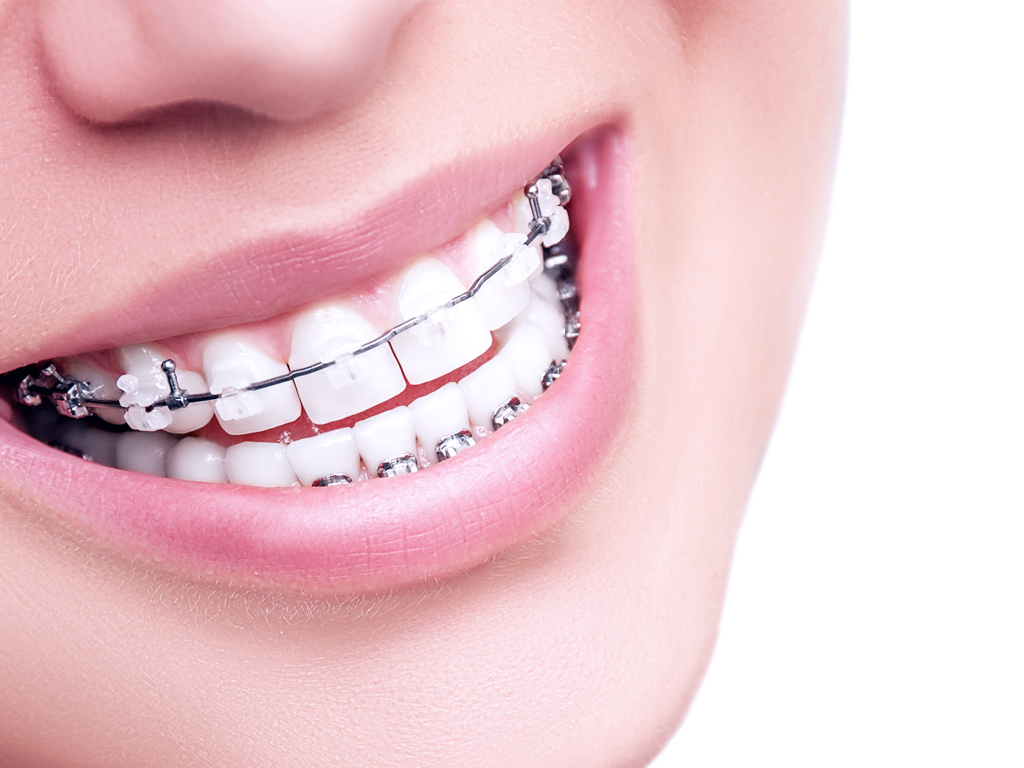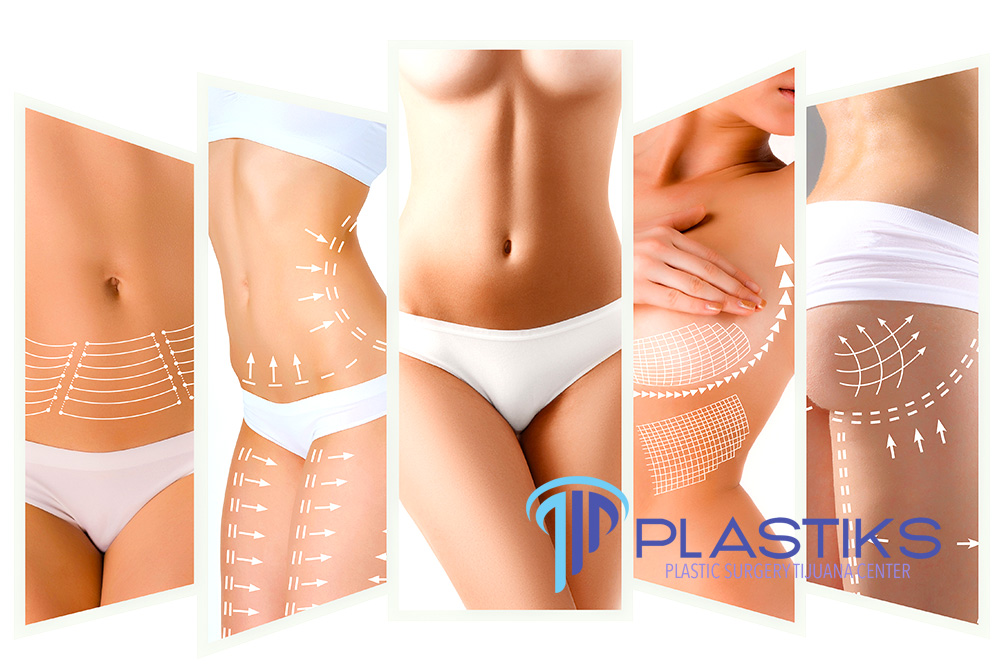Most people have naturally straight teeth and jaws that fit together. But those who have problems with their bite or the spacing of their teeth may need orthodontic care.
Orthodontics is the branch of dentistry that specializes in treating patients with improper positioning of teeth and jaws (malocclusion). Crooked teeth or teeth that do not fit together properly are harder to keep clean, are at a higher risk of suffering from tooth decay and periodontal disease, and can cause unnecessary stress on the chewing muscles that can lead to headaches, TMJ syndrome and neck, shoulder and back pain. Teeth that are crooked or not in the right place can also cause issues with a person’s self esteem.
Orthodontic care includes the use of devices such as braces in order to: Straighten teeth, correct problems with bite, close gaps between teeth and align lips and teeth properly. The benefits of orthodontic treatment include a healthier mouth, a more aesthetically pleasing appearance and better oral health in general.
How does it work?
Orthodontists utilize many different types of appliances that place pressure on the teeth and jaws to help adjust teeth positioning, retrain muscles, and affect the growth of the jaws. Your own individual needs and the severity of your case will determine which orthodontic treatment is best suited for you.
Who is a candidate?
An orthodontist or dentist can decide whether orthodontics will benefit you in any way, based on diagnostic tools that include: a full medical and dental health history, a clinical exam, plaster models of your teeth, and special X-rays and photographs.
Any of the following can be addressed by orthodontic treatment:
- Overbite (where the upper front teeth stick out over the lower teeth)
- Underbite (where the lower teeth are too far forward or the upper teeth too far back)
- Crossbite (when the upper teeth slightly in front of the lower teeth when biting together normally)
- Open bite (space between the biting surfaces of the front and/or side teeth when the back teeth bite together)
- Misplaced midline (when the center of your upper front teeth does not line up with the center of your lower front teeth)
- Gaps or spaces between the teeth as a result of missing teeth or teeth that do not “fill up” the mouth
- Crowding (when there are too many teeth for the dental ridge to accommodate)




One thought on “Orthodontics to Correct Bites and Crooked Teeth”